Pioneer VSX-835 Review
The Japanese manufacturer Pioneer is apparently back! 7Review tests the AV receiver VSX-835, which is aimed at beginners and comes with a wealth of features !

Not only did we have the impression that the Japanese manufacturer Pioneer, with more than 70 years of tradition, had disappeared from the scene for a while. Many products were still in high demand but unavailable. Now, two new AV receivers have been announced, manufactured under the Pioneer brand but produced in Sharp’s facilities. 7Review immediately ordered the larger of the two entry-level models.
We are glad that Pioneer, along with its sister brands Onkyo and Integra, has found a new home at the Premium Audio Company, a subsidiary of Voxx International. The devices are distributed in Germany alongside well-known brands such as Klipsch, Magnat, Jamo, and Heco.
This model is the larger of two new AV receiver introductions, delivered in Europe with FM and DAB+ tuner units, thus qualifying as a receiver. The device design is quite symmetrical, with source selection on the left, volume control on the right, and a generously sized display in the center that constantly provides information about the speaker configuration, chosen source, and other settings of the Pioneer.
Connectivity
At the back, there are three analog and two digital inputs – one coaxial and one optical. That’s more than sufficient. The included remote control is, of course, made of plastic but seems well thought out and functional.
While the VSX-535, has only five amplifiers, meaning it can power five channels, the VSX-835 has seven. This allows configurations from 2.0/2.1 up to 7.1, as well as 5.1.2 channels with Dolby Atmos for height effects. More specifically, since two subwoofers can be connected, 7.2 or 5.2.2 setups are also possible. However, you’ll have to make a choice, and we’ll get to that later. Interestingly, the quick setup guide only explains 7.1, with alternatives found in the 126-page online manual at jp.pioneer-audiovisual.com.
Pioneer was one of the first manufacturers to introduce its own room calibration system for AV receivers. This Multi-Channel Acoustic Calibration System (MCACC), now further developed, is also present in the VSX-835 DAB.
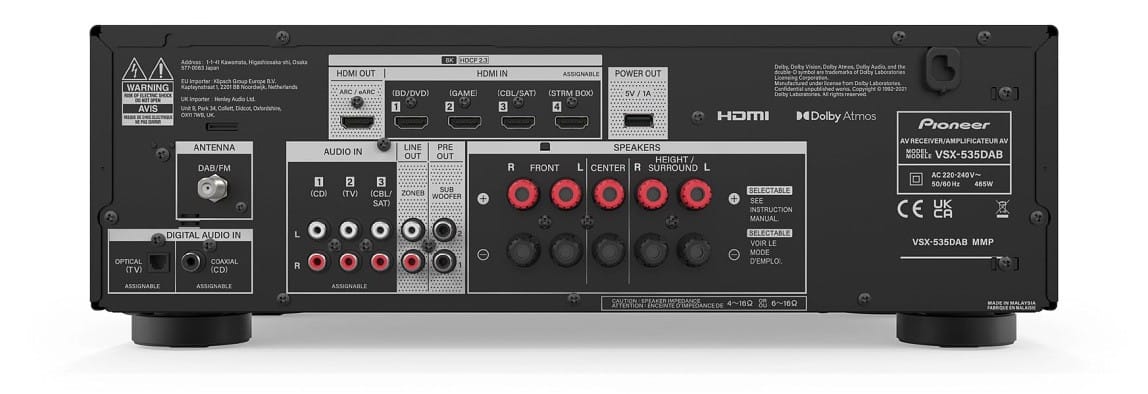
The last generation of Pioneer devices featured the company’s proprietary Class-D power amplifier, known for its high level of performance. However, this time, the new models use conventional amplifier technology, which became evident from the linear power supply. We counted 14 power transistors on the heat sinks, suggesting seven channels in a traditional Class-AB push-pull design.

Getting Started
The Pioneer requires an initial setup, which needs a TV (or projector). You specify how many speakers you plan to use (starting from 2.1 up to Dolby Atmos) and whether you want to calibrate them automatically or manually. It’s a quick process to complete.
While it’s slightly inconvenient not to be able to start in stereo right away, this isn’t a significant drawback since the Pioneer’s function naturally ties into movie or concert visuals.
Unlike other AV receivers, this device provided multi-channel signals instantly, even before initialization, when tested in our lab. Other AV receivers usually require HDMI input and proper player settings. We had to force “Stereo” (2.1) manually.
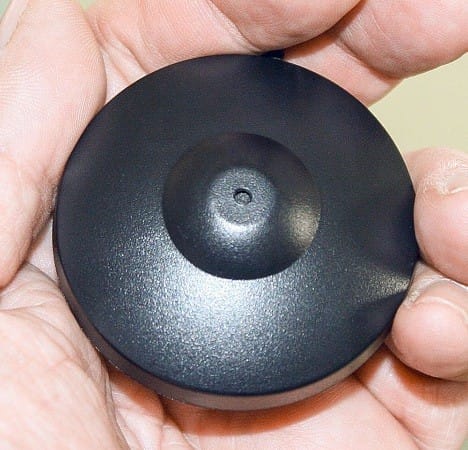
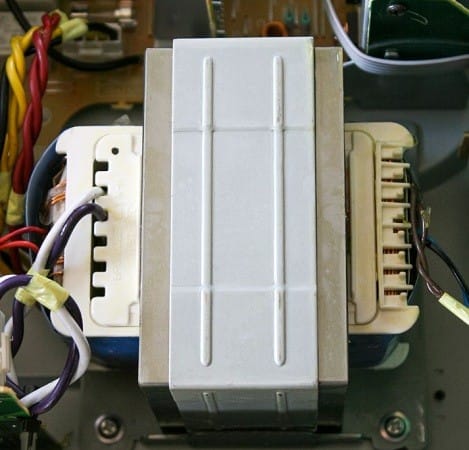
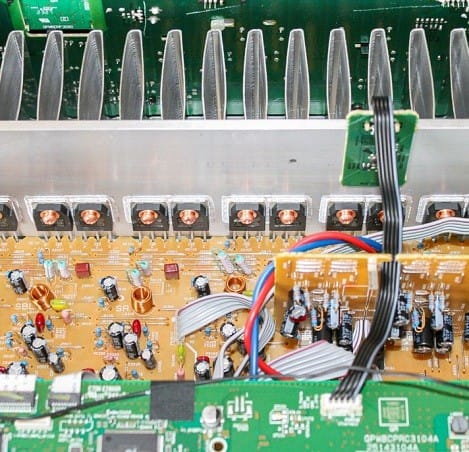
The Pioneer supports a wide range of formats, including immersive 3-D setups like Dolby Atmos, DTS:X, Virtual:X, and IMAX Enhanced. Additionally, it offers modes like “Bi-Amp” (up to 5.1), “Music Mono” (same signal on all channels), “Mono” (center channel only), “Classical,” and “Unplugged.” These modes enhance the listening experience with various sound configurations.
Visuals
The Pioneer VSX-835’s HDMI board has four inputs and one eARC-compatible output, supporting 8k and Dolby Vision. This should be enough to connect multiple sources like satellite receivers, UHD/Blu-ray players, and media players to your TV or projector.
The device includes a headphone jack and a zone output. The front microphone input connects to the automatic room calibration system, simplifying setup as it only requires placing the mic at the listening position. Manual adjustments and traditional tone controls are also available. The “Direct/Pure Direct” mode bypasses room calibration for purer sound.
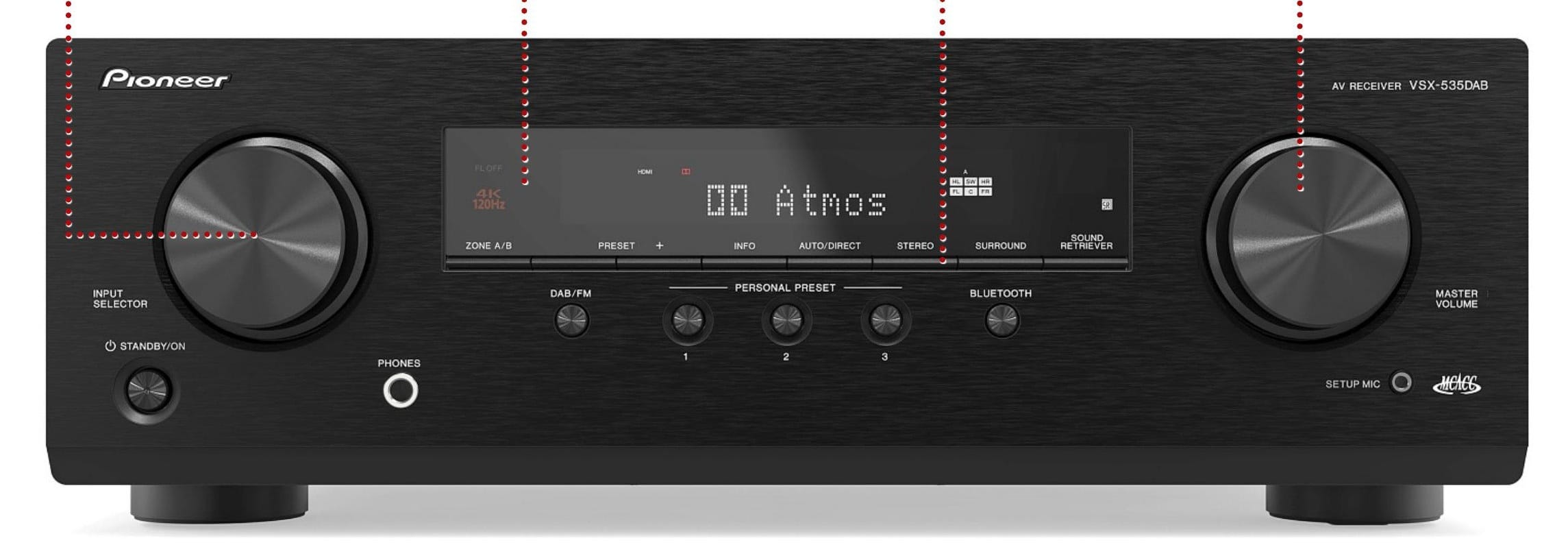
TEST DEVICES
SACD Player: Audiolab 8300 CDQ
Streamer / DAC: Wiim Plus
UHD/Blu-ray Player: Sony UBP-X800
TV: Sharp Aquos 55FQ8EG
Speakers: Canton GLE 90 (Set), DALI Epicon 6
Cables: In-Akustik
Performance Drop in Cinema
The Pioneer performs well with stereo sources, though it sounds slightly subdued. In home cinema, it’s just powerful enough to create an engaging experience, but its performance drops significantly when it has to drive all seven channels due to the limited power supply. For larger setups, it might struggle to deliver the required impact.
While the paper spec claims 155 watts for one channel at ten percent THD (distortion), real-world performance drops to 21 watts when driving all seven channels. This isn’t uncommon but highlights the limitations of small AV amplifiers like this Pioneer. It is best suited for smaller setups rather than large venues. However, for a cozy movie night, the Pioneer is more than sufficient.
For a backyard movie night or a casual setup, this receiver is perfect, and it offers great value for its price. If you need more, consider investing in a higher-end model. Welcome back, Pioneer!
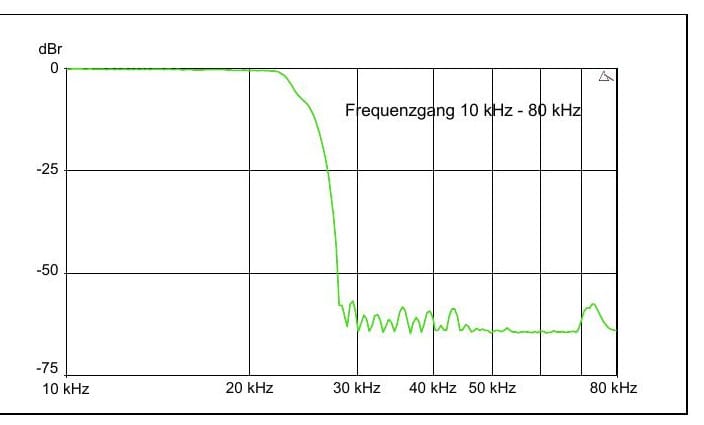
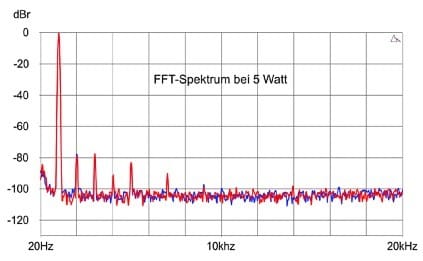
Specs
Product / Price Category: AV Receiver / 500 to 1,000 Euro
Website: emea.pioneer-av.com
Dimensions (W x H x D) in cm / Weight in kg: 43.5 x 15 x 32 / 8.4
SOUND – 4.5/10
- Music Sound (Stereo): 6/10 – good, clear, plastic-like, slightly muted
- Music Sound (Multichannel): 5/10 – okay, not very confident
- Cinema and Film Sound (Multichannel): 5/10 – okay, compact, not very confident
MEASUREMENTS – 5.6/10
- Stereo Continuous Power per Channel at 4 Ohms with 1% THD (in Watts): 5/10 – satisfactory (98)
- Multichannel Continuous Power per Channel at 4 Ohms with 1% THD (in Watts): 4/10 – almost sufficient (21)
- Impulse Power at 4 Ohms (1 kHz, in Watts): 7/10 – good (155)
- Intermodulation at 5 Watts (in Percent): 9/10 – very good (0.0074%)
- Damping Factor at 4 Ohms: 5/10 – satisfactory (30)
- Channel Balance (in Decibels): 9/10 – very good (0.142 dB)
- Distortion at 5 Watts (in Percent): 7/10 – good (0.028%)
- Signal-to-Noise Ratio at 5 Watts (in Decibels): 5/10 – satisfactory (82 dB)
- FFT Spectrum: 7/10 – good
FEATURES – 8/10
- Haptics / Build Quality: 7/10 – good
- Number of Analog Inputs (RCA / XLR): 7/10 – 3 inputs
- Special Interfaces / Pre-Out: 8/10 – Bluetooth, DAC, Headphones / Yes (Stereo / Zone)
- Sound Adjustment or Room Calibration: 9/10 – yes, both available
- Available Colors / Finishes: 6/10 – only in Black
- Number of HDMI Inputs: 5/10 – satisfactory (4)
OPERATION & HANDLING – 7/10
- Remote Control Quality / Instructions: 6/10 – satisfactory / good
- On-Device Operation / Display: 7/10 – good
SERVICE & ENVIRONMENT – 4/10
- Warranty in Years: 6/10 – satisfactory (2 years)
- Packaging: 6/10 – satisfactory (Cardboard / Plastic)
- Power Consumption Stand-by / No-load (in Watts): 5/10 – satisfactory
When you purchase through links on our site, I may earn an affiliate commission. Here’s how it works.






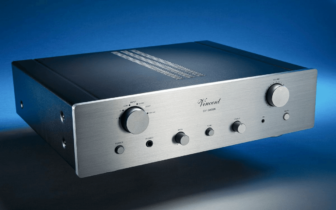
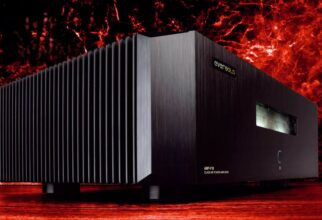
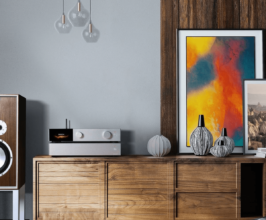
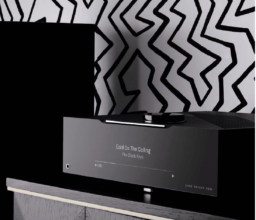
hello,
I’m thinking about getting this pioneer vsx 835d.
I use Klipsch speakers.
is this receiver worth it?
Greetings Ali